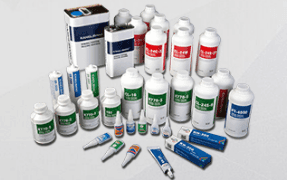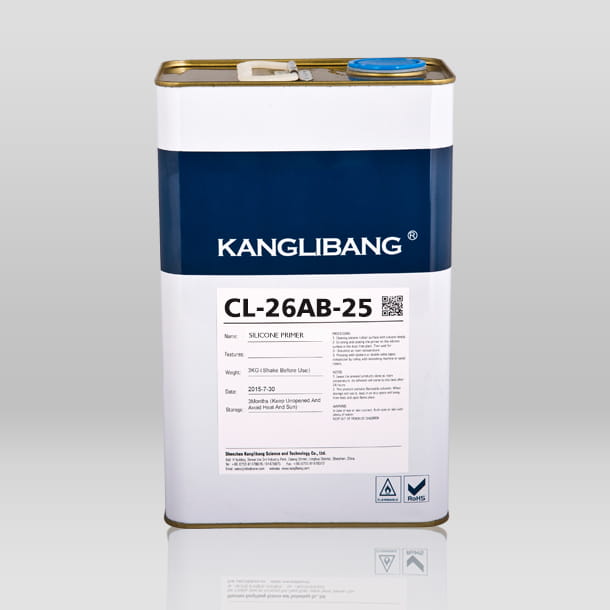Silicone over-molding precautions, problems, and solutions
02 Jun 2018
Silicone over-molding precautions, problems, and solutions
Silicone rubber is one of the most important product forms in silicone materials , As a class of silicone polymers, silicone rubber has a unique molecular structure, excellent weatherability, heat resistance (-60-250 degrees) , non-toxic , environmentally friendly , good adhesiveness and sealability . Widely used in aerospace, electronics, chemical, defense, machinery and other fields. Especially in recent years, the rise of electronics, automotive and other industries, silicone over-overmolding process, and silicone primer came into being.

Silicone over-molding is a process that is used to cover, bond or encapsulate an existing part with silicone material. For example, a silicone over-molding process may be used for providing a grip surface to a smooth plastic handle, a flexible septum on a hard plastic surface or for encapsulating an electronics assembly for mounting or protection from the environment. However, we all know that silicone itself is inert, and this time it is necessary to use the primer. Silicone primers are organosilicon compounds with a special structure. In its madman, it also has reactive groups that combine with inorganic materials (glass, metal, plastic, etc.). Therefore, the silicone primer can couple the interface between two materials with very different properties to improve the performance of the composite and increase the strength of the bonding, thereby obtaining a new type of composite material with excellent performance and reliability, and greatly enhancing the silicone. The added value of rubber.

Two significant issues must be considered prior to developing a silicone over-molding bonding:
a.) Silicone adhesion to the surface to be over-molded
b.) The temperature required to cure the silicone
Surface compatibility and the ability to enhance surface adhesion characteristics is fundamental to the success or failure of bonding to the over-molded part. Feasibility testing should be done to verify silicone bonding to the given substrate. The typical silicone curing temperature is from 220o F to 350o F (100o C to 160o C). At a first pass, the over-molded part must be able to withstand the silicone curing temperature.
Here are 10 important things you should know about Silicone Over-Molding:
1. Other applications for silicone over-molding include: Gaskets onto thermal plastic and metals, soft tips for catheters, encapsulation of circuit boards, sensors, motors and others.
2. Over-molding of silicone to silicone with different durometers is an easy opportunity. Silicone bonds well with silicone.
3. Normal curing temperature is in the range of 350 F (160 C) but process curing may be driven down to 220 F (100 C).
4. If significant mechanical bonding is required, the silicone over-mold may be mechanically interlocked with the part.
5. Selection of the material of the part to be over-molded, the use of primers and the use of bonding-enhanced silicones may allow enhanced chemical bonding of the silicone to the over-molded part.
6. Over-mold bonding strengths typically increase over time.
7. Polymers that are ideal for over-molding include polycarbonate, nylons and other high temperature resins.
8. A two step, two shot continuous polymer molding and silicone over-molding process may be developed. First the thermoplastic polymer piece is injection molded and then the silicone may be over-molded in a continuous operation.
9. In order to have a clean silicone over-mold, the over-molded part must be made with the requisite tight tolerances and part samples of exact size are needed. A stable-dimensioned part is needed to develop and maintain the desired clean over-mold outcome.
10. For encapsulation, silicone over-molding provides a seamless environmental barrier. However, silicone is gas permeable and, over time, the internal gas partial pressures will equilibrate with external gas partial pressures – including the partial pressure of water vapor. If the over-molded part must be isolated from moisture or other environmental gas partial pressures, other barrier means besides silicone must be used.
When we use the primer, the adhesive fails, summing up the following reasons:

- The curing agent is not completely cured, the solvent is not completely volatilized, and the adhesive surface after the paste is contaminated.
Solution: The primer must be completely cured, can extend the curing time, or increase the temperature, to prevent residual solvent molecules, after brushing, and then stored, avoid touching the surface with hands, dust, sundries, etc. in the handling process to prevent Paste surface recontamination.
- The rubber and the primer do not match. Some plastics add too much release agent or plasticizer and migrate to the surface during curing, which affects the adhesiveness.
Solution: Some compounding agents in the compound should be used as little or as little as possible without affecting the product performance. Primer curing system should be matched with the curing system of silicone rubber, such as peroxide type, platinum catalyst type.
- Inappropriate vulcanization process, improper selection of vulcanization pressure, temperature, and time will result in failure of bonding.
Solution: vulcanization temperature to ensure that simultaneously initiate the vulcanization of primer and silicone material, in addition to meet the above conditions, under the premise of the need to properly reduce the temperature and reduce the difference between the adhesive expansion coefficient of the substrate and rubber, otherwise Can easily lead to excessive expansion stress, damage the adhesive interface. For the vulcanization pressure, the pressure can be appropriately increased to meet the other properties of the product and the conditions allowed by the equipment and process, so as to ensure that the silica gel molecules infiltrate the surface of the adherend, diffuse, and discharge the small molecules.
The reason for the failure of the bonding provided above is only that the actual situation of the aging caused by the theory may be more complicated, so sometimes: more effective than the principle is more important






